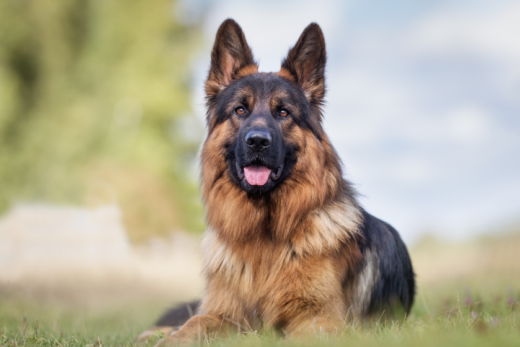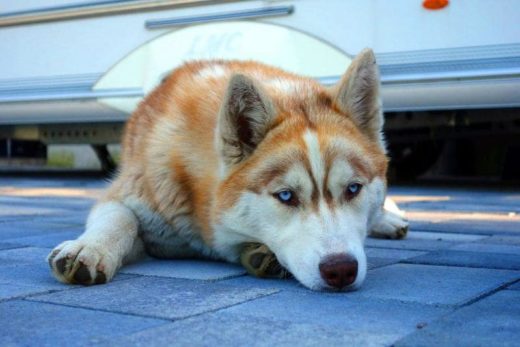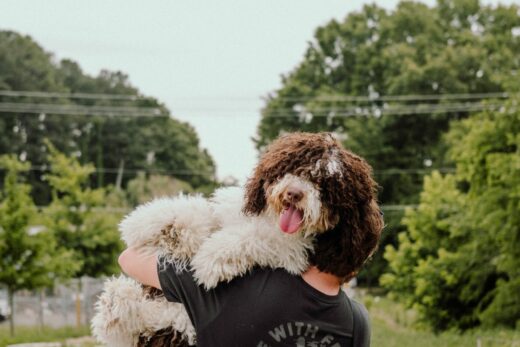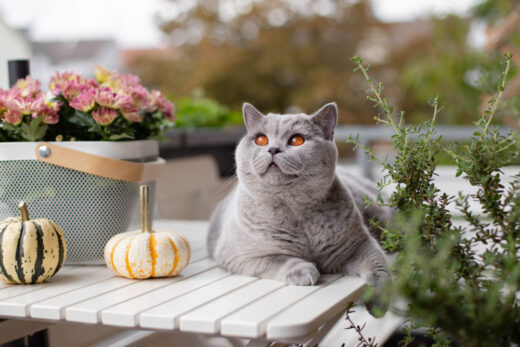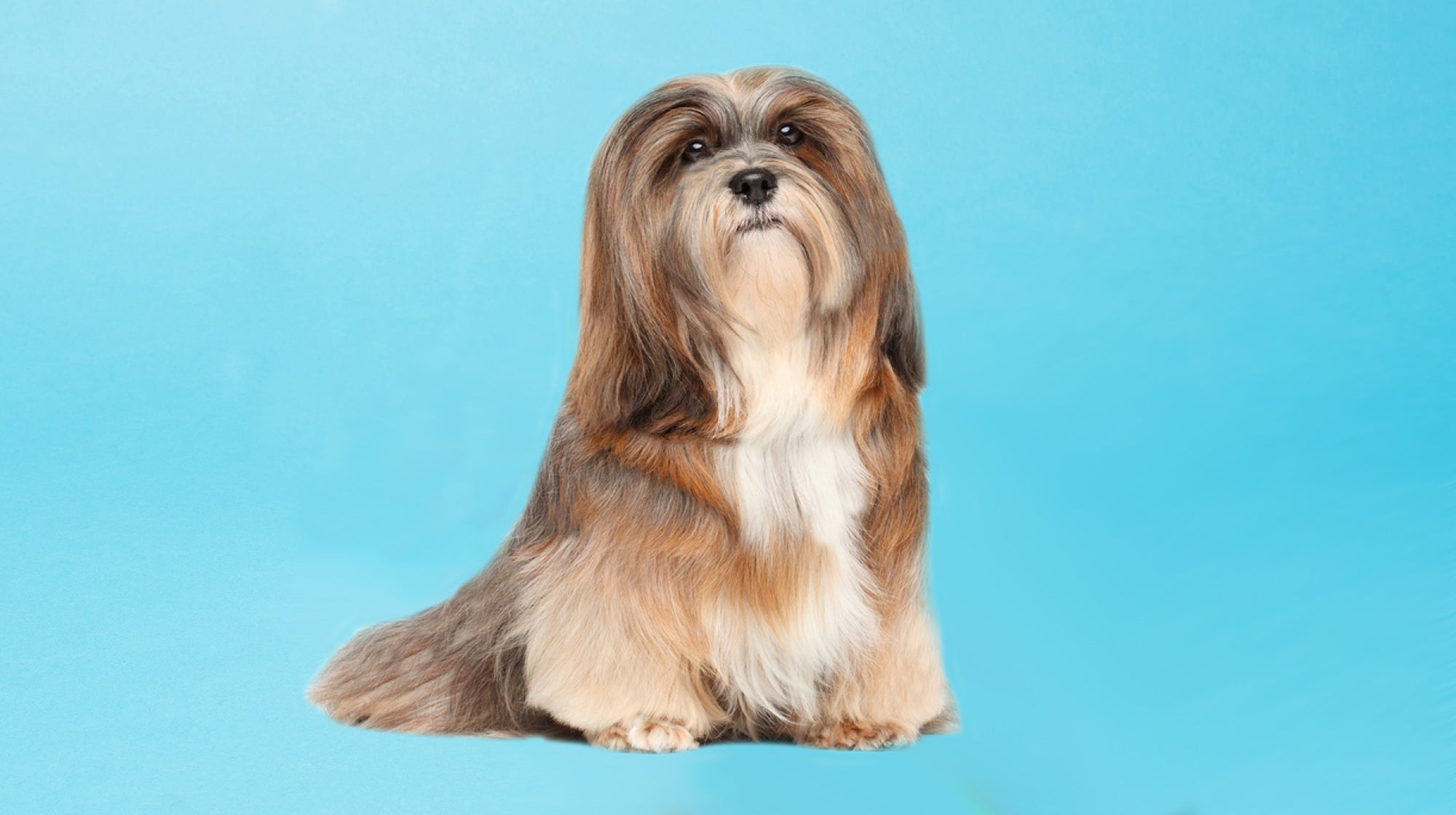
This Tibetan pedigree is a small dog with a big heart who will devote itself to its family. They tend to have a mind of their own and can have a real independent streak. Despite this, they are usually good fun to be around and will show their owners a good deal of affection.
Their long coats can take a lot of upkeep and there are a number of health issues that are known to plague the breed. As these dogs don’t need a huge amount of exercise, they tend to be a preferred pet for those who are retired or who live in small homes.
Breed history
The Lhasa Apso has been around for many hundreds of years and is thought to have been developed in Tibet. In fact, they are thought to be one of the oldest dogs in existence and some claim that they originated as far back as 2,500 years ago.
Not really a working dog, the Lhasa Apso was kept as a companion and was generally owned by the upper classes and royalty. Some individuals were used as guard dogs and would alert their owner to any intruder by barking loudly.
General appearance
The beautiful little Lhasa Apso has a long silky coat and attractive, domed skull. They are similar in appearance to the more popular Shih Tzu but are a larger breed. Despite their size, they are not a fragile dog and have a stocky frame and heavy-set bones.
Their coat can come in a range of colours including brown, honey, white and grey. While their fur can reach the ground, most owners have their Lhasa Apso’s clipped short to prevent matting and to keep them cool in the summer.
Temperament
Self-assured and confident, the Lhasa Apso has a sensible head on their shoulders. They dedicate themselves to their owners and form very strong bonds with family members. Many will be aloof with other people and can take a while to warm up to them. Despite this, if they are well socialised, they should be calm and predictable around strangers.
While the Lhasa Apso can get along well with children, they aren’t as tolerant as some other dogs and may nip or snap if they feel threatened. Due to this, they are best suited to a home with no young children.

